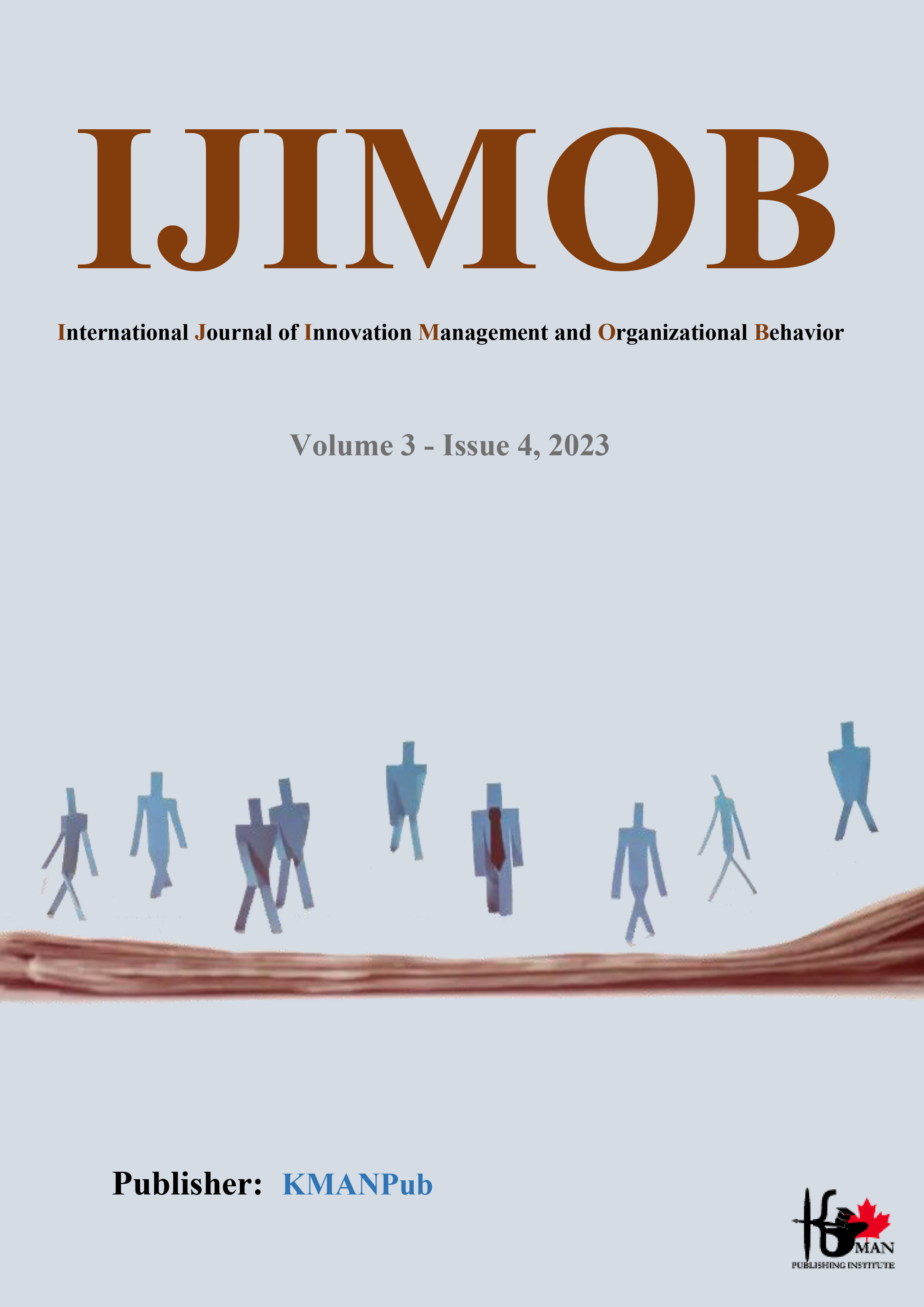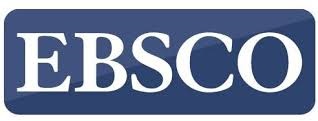Designing A Paradigmatic Model of Barriers to Innovation Management in Ahvaz Primary Schools
Abstract
Objective: The purpose of the present study was to design a paradigmatic model of innovation management barriers in primary schools of Ahvaz city.
Method: The research method was qualitative and, in terms of purpose, applied. The statistical population included experts in schools and universities, selected through purposive and snowball sampling. The research tool included semi-structured interviews, whose validity was established through face validity, and reliability was determined using the inter-coder agreement coefficient, resulting in 0.81. Data were analyzed using grounded theory method.
Results: The findings revealed that causal conditions included understanding innovation characteristics, feeling the necessity for innovation, identifying individual differences among employees, managing information and communication technology, organizational culture, risk-taking in school employees, organizational structure, material resources, and transformative leadership; contextual conditions included individual characteristics of employees, employee experiences, individual characteristics of the manager, management style, organizational rules and regulations, organizational climate, and having an innovation model. Moreover, intervening conditions included psychological barriers, intolerance of ambiguity and failure, educational barriers, research barriers, performance evaluation barriers, structural barriers, human resource barriers, managerial barriers, and cultural barriers within the organization. Finally, strategic conditions included internal and external networking, division of labor, strategic management, committed and specialized human resources, politicization, having an innovative spirit among employees, the existence of a suggestion acceptance system in schools, administrative hierarchy, delegation of authority by the manager to subordinates, employee support, strategic planning, and the outcomes included increased mental health of employees and students, a creative school environment, a reward system for innovative and creative employees, a research-oriented culture, a learning organization, and improved educational quality.
Conclusion: Based on the results, it can be said that the barriers to innovation management in primary schools of Ahvaz city are various factors, and the sub-system of education and management should prioritize and address these barriers.
Downloads
Downloads
Additional Files
Published
Issue
Section
License
Copyright (c) 2023 Mahmoud Rahimi, Leila Bahmaee, Gholam Hossein Barekat (Author)

This work is licensed under a Creative Commons Attribution-NonCommercial 4.0 International License.
















